The news is from a few weeks ago: the success of the summer 20Reale20 menu was such that Niko Romito decided to extend the best of logic to the autumn menu (16th September -1st November) and then to the winter menu (11th November -end of December). «I was thrilled with our clients' response», the cook from Casadonna explained, «We hadn't been able to satisfy everyone. And then I realised there are many dishes that deserve to be illustrated». A successful idea: almost all the tables in October were sold out only hours after the announcement.
The truth is that the 45 dishes spread over the 3 greatest hits menus are a formidable chance of synthesis and pleasure for us and most of all for all the young people who, in normal times, perhaps would have not happened to dine at Castel di Sangro. Fifteen dishes for 150 euros. «We've seen plenty of young people, and this was decisive in our choice», he explains.
Over the past twenty years, very few chefs in Italy have managed to leave such an impression in the conservative Italian cuisine. Hardly a banal goal for a cook who pays little attention to storytelling, with an ego that tries to disappear in content and the highest technical skills, though hidden behind a seeming simplicity.
A success that starts from a unique way of giving new shapes to raw materials. You need to read the magnificent 10 lezioni di cucina or listen to Romito to understand the complex thoughts behind his work. The logic of stratification, the thickening of a vegetable's structure, the ceaseless tension towards neatness, the removing of fats that don't affect the overall taste, the most recent work on water as an ingredient.
The dishes you find below all result from complex thoughts, developed not to forcibly make tradition more complicated, but to analyse in detail its micro-defects or its dated elements. Dishes that diverge from common ideas, not because of obstinate nonconformism «but because», Romito candidly confesses, «I know no other way to cook other than this». An approach that makes trends, instead of being subjected to them.
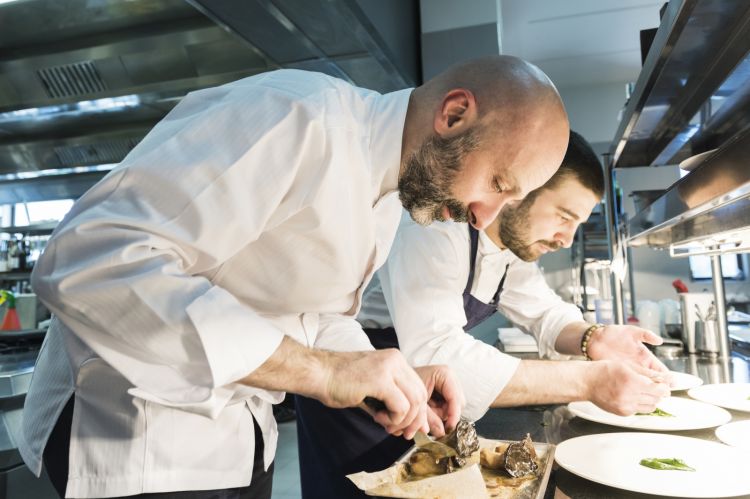
Niko Romito and his sous chef Dino Como. They've been working together for 10 years (photo Brambilla/Serrani)
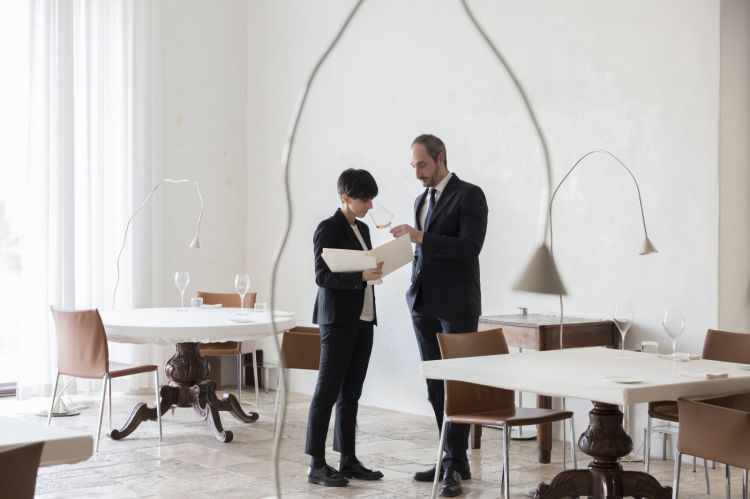
Cristiana Romito, restaurant manager at Casadonna, and sommelier Gianni Sinesi, both awarded over the years by the Guida di Identità Golose (photo Barbara Santoro)
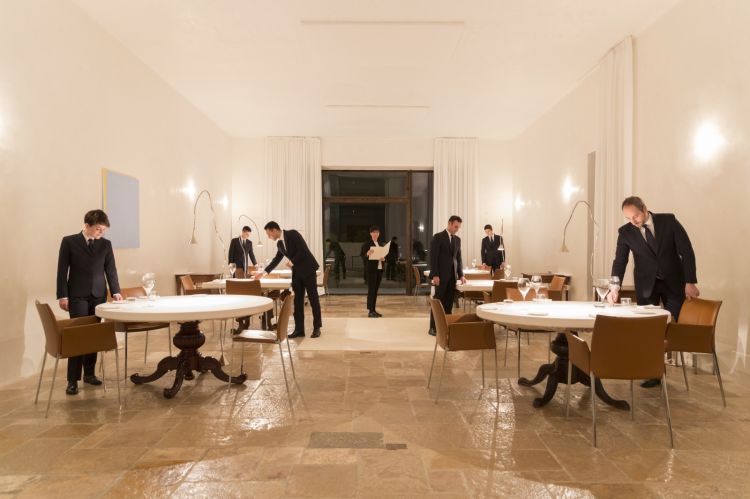
The dining room at restaurant Reale (photo Barbara Santoro)
A journey of self-training marked by the courage of not being popular. Like when during the lesson at Identità Golose 2008, when he still didn't have any Michelin star, he betrayed the dominating thought – then more oriented on product than technique – by illustrating all the steps in a complex
Crunchy expression of tongue. He has never ceased experimenting. And many times instead he didn't pay too much attention to comments on social networks like «I can't go to a 3-starred restaurant to eat an artichoke, or a cauliflower, or a watermelon». Today people rush to Casadonna first of all because they know the food is uncommonly good, but also because there's more understanding of the creative effort behind it.
One last thought. Though his style in the kitchen is everything but intuitive,
Niko Romito is not a cook who keeps to his ivory tower and gloats. Firstly, because he has a method he tries to convey to the students at
Niko Romito Formazione, a school whose pupils in some cases are already established. Secondly, because he gave life to
Spazio in
Milan and
Rome, the
Bulgari restaurants around the world and
Alt in Castel di Sangro, all of which follow the same thought: simplifying the most complex techniques so as to attract a wider and more varied audience. Finally, because he has written the
Nutritional Intelligence manifesto to improve the meals in hospitals, canteens and catering in general. As open as one gets.
THE AUTUMN MENU
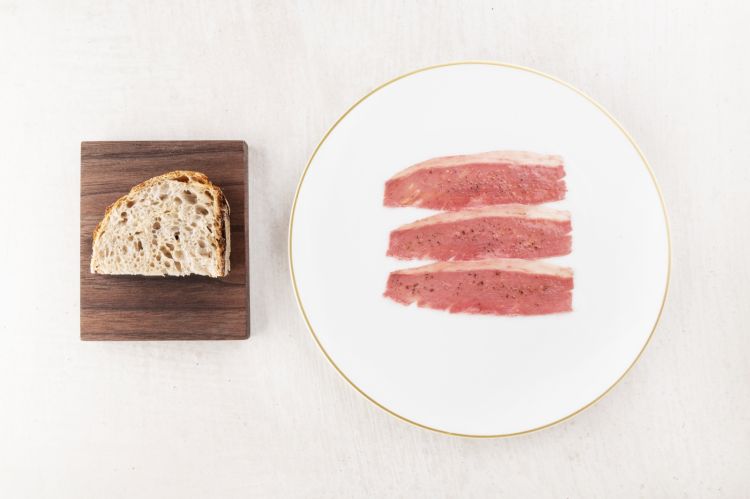
Sliced sirloin cap (2019)
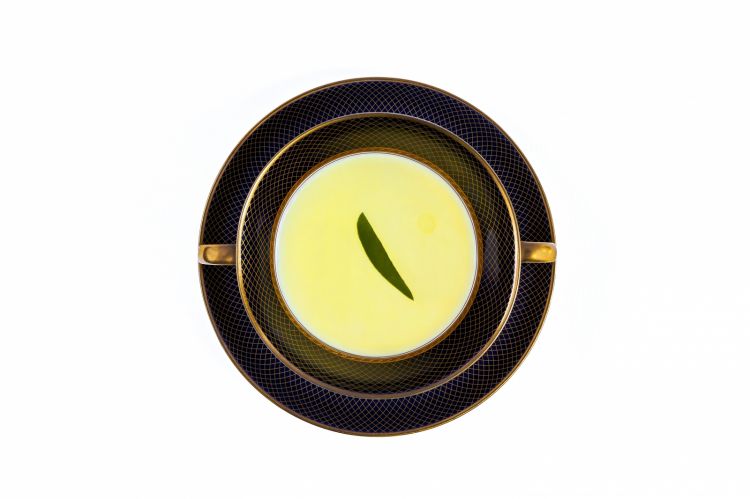
Celery, carrot and onion (2017)
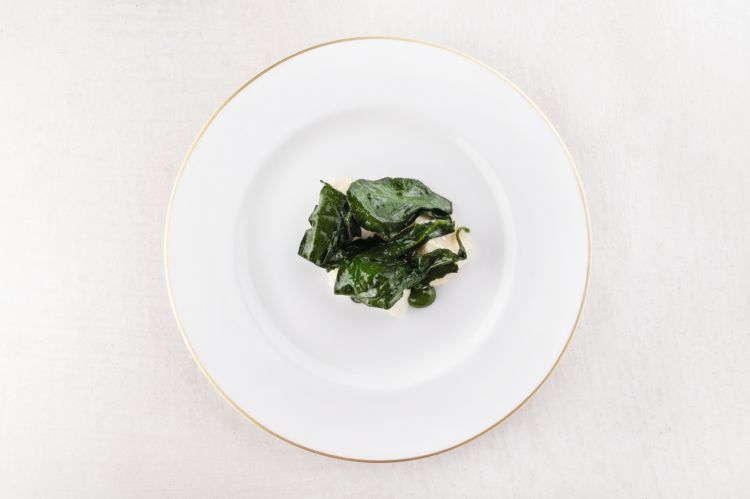
Codfish and swiss chard (2017)
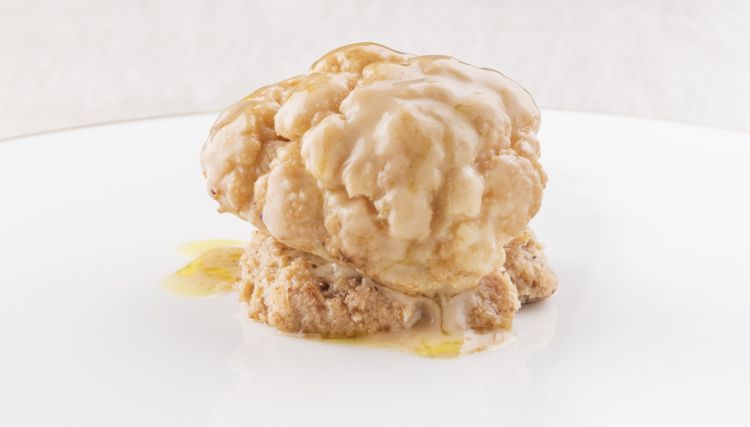
Cauliflower au gratin (2016)
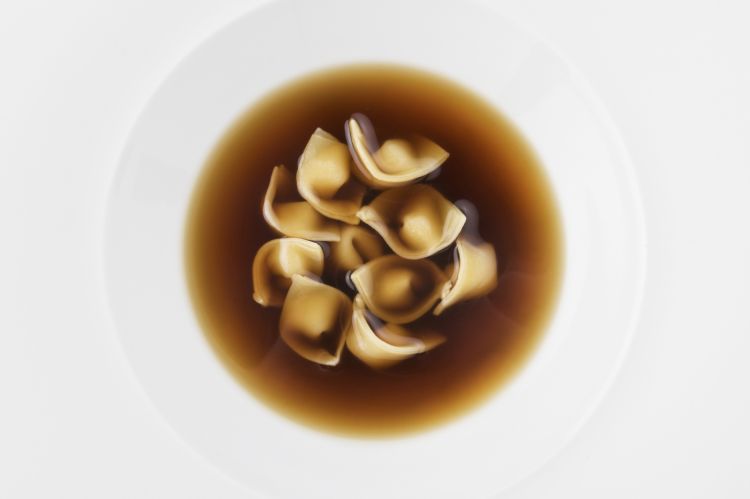
Fresh ravioli filled with almond in spicy mushroom infusion (2012)
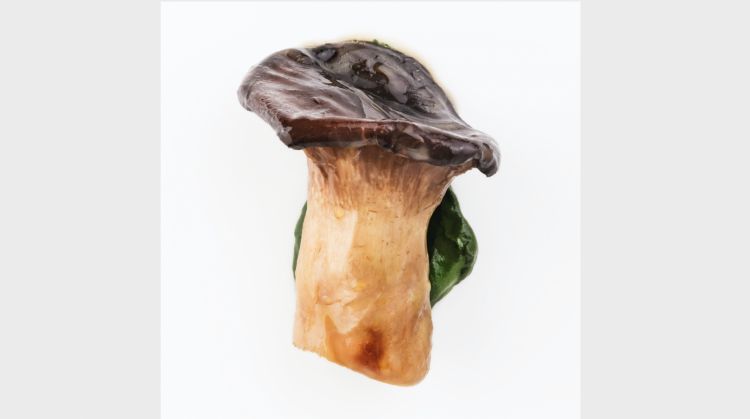
Roasted cardoncello mushroom and parsley (2016)
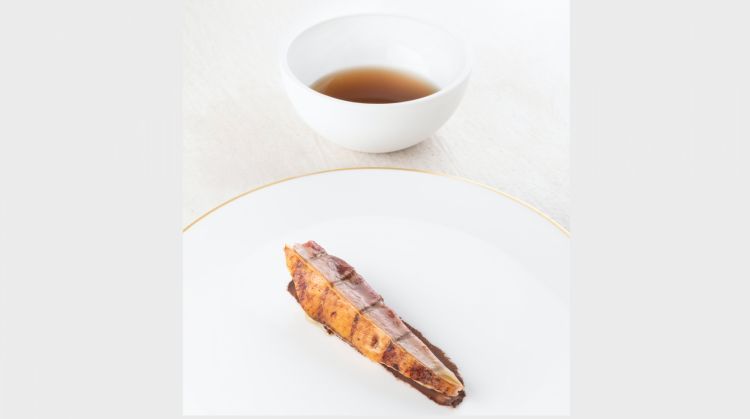
Cold duck and smoked duck water (2018)
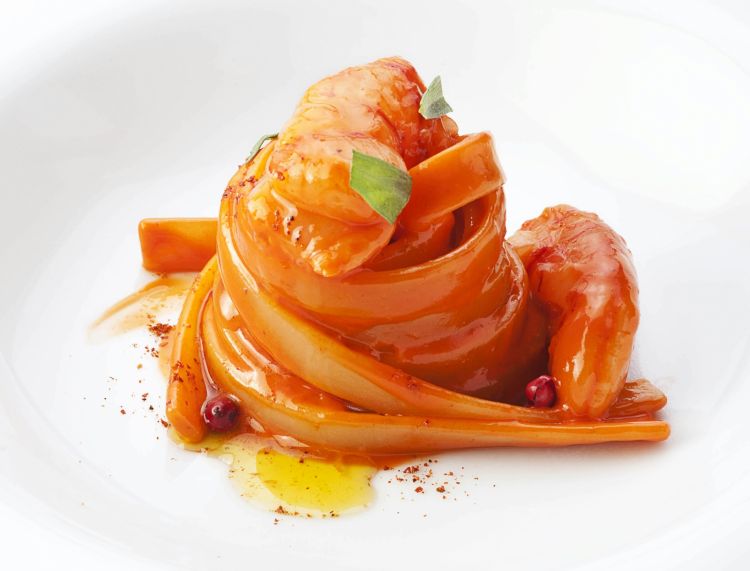
Fettuccelle with red prawns and pink pepper (2010)
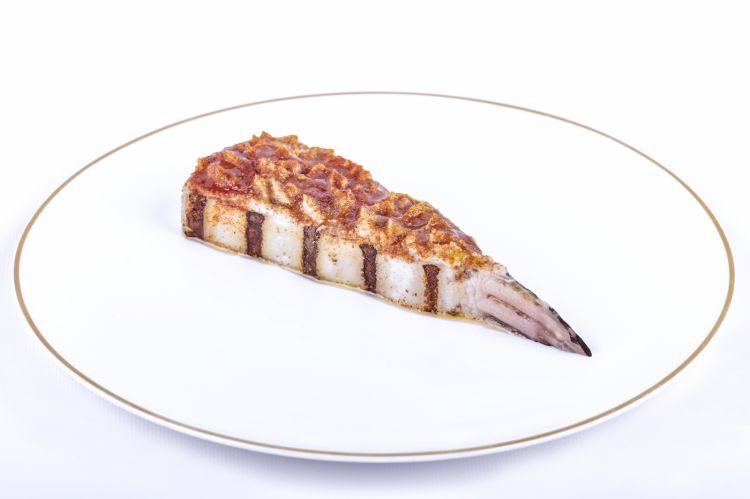
Roasted Turbot with Mediterranean pesto (2020)
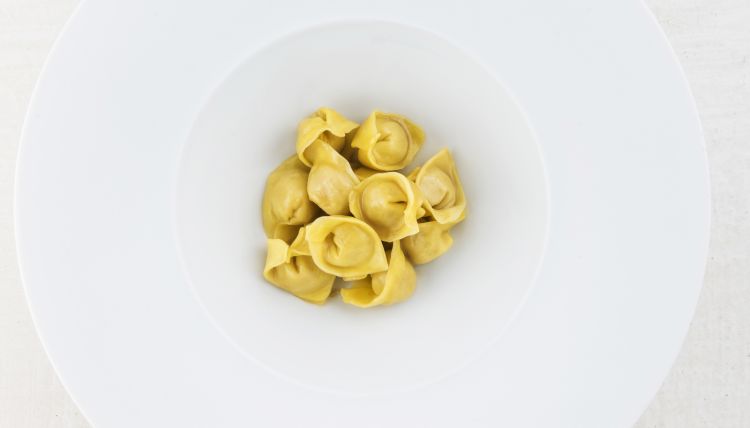
Tortelli with chicken (2015)
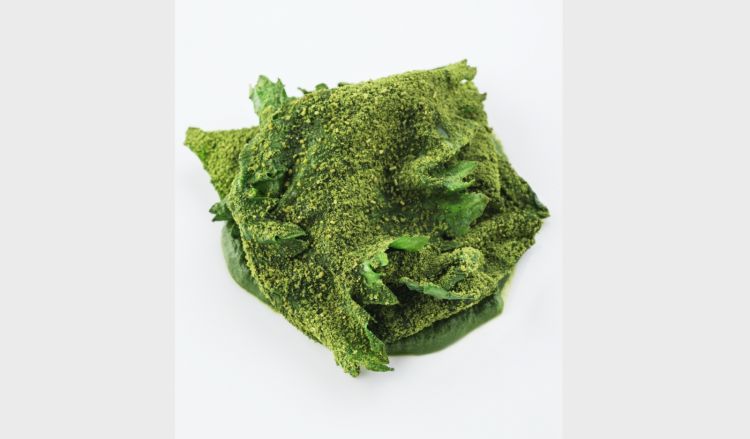
Goat cheese and turnip tops (2017)
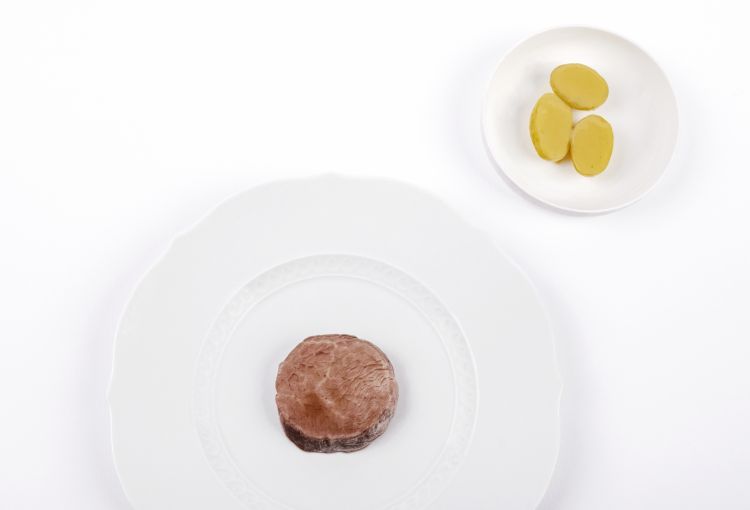
Smoked beef tenderloin with potatoes (2017)
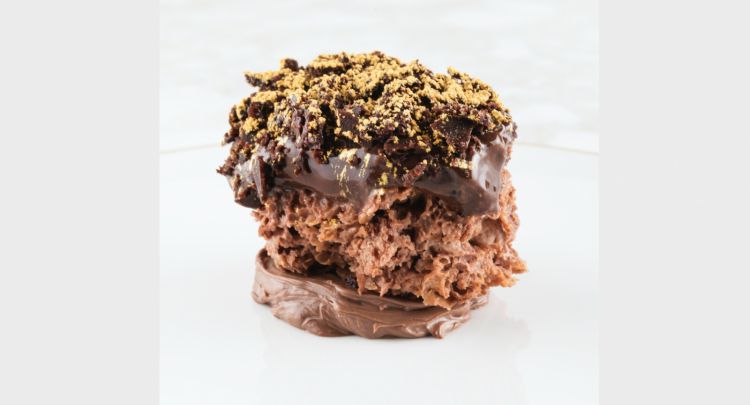
Bread and chocolate (2018)
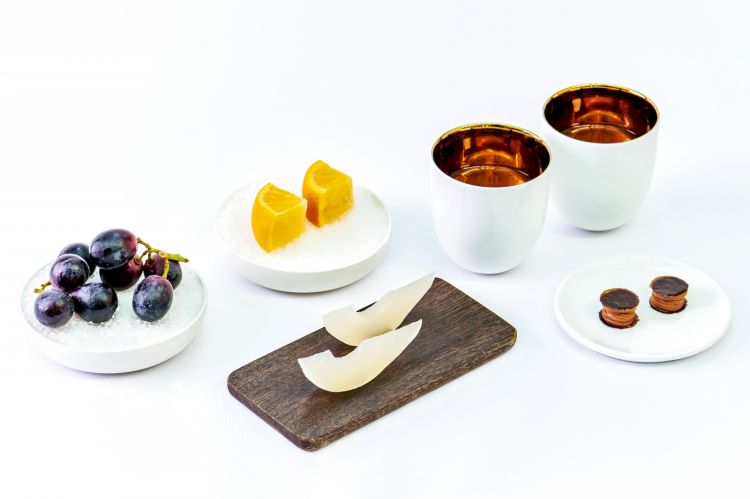
Marinated fresh fruit, lemon infusion, caramel, chocolate and pepper (2018)
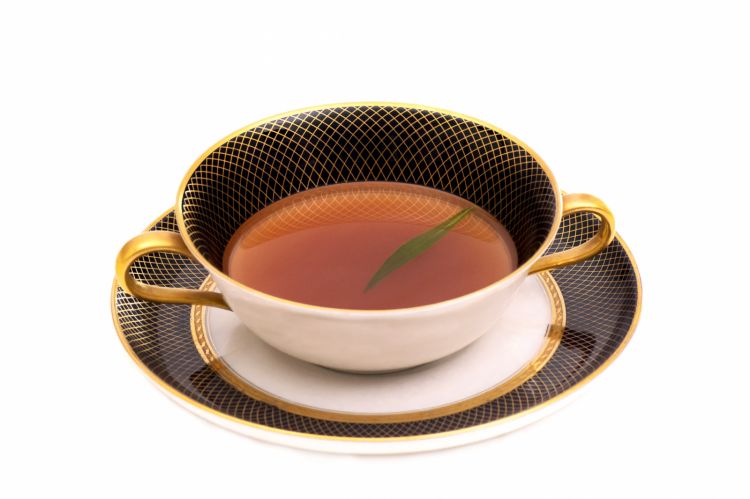
Goat's broth, tarragon and raspberries (2006-2019)
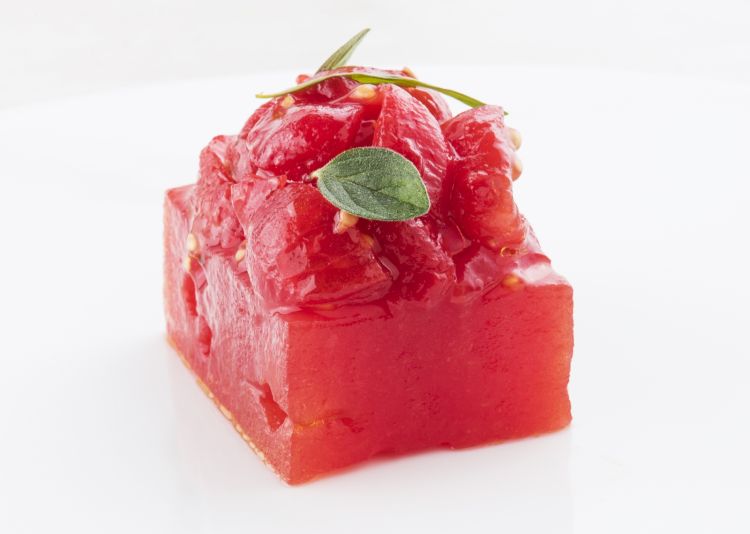
Watermelon and tomato (2015)
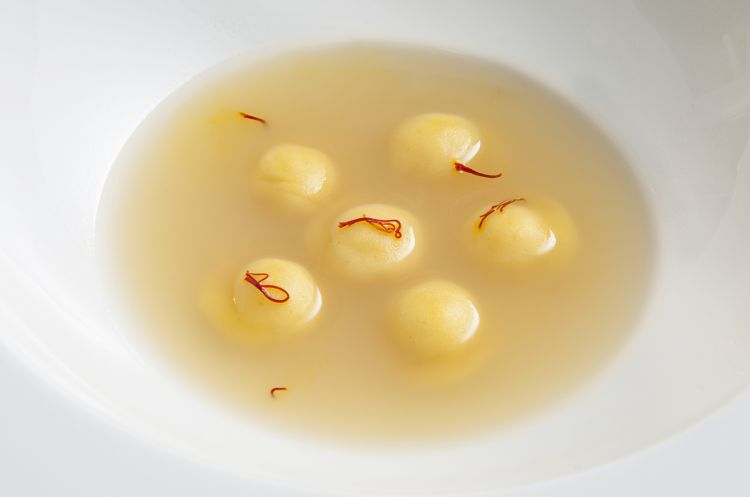
Absolute onion, Parmigiano and toasted saffron (2009)
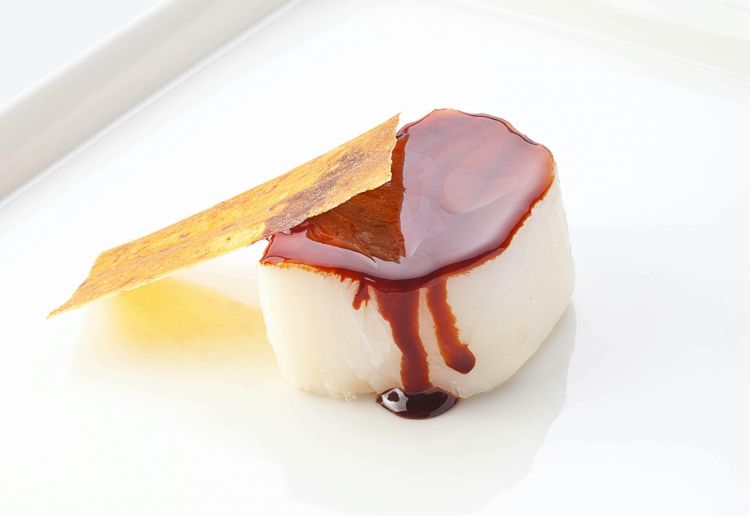
Codfish and peppers (2002)
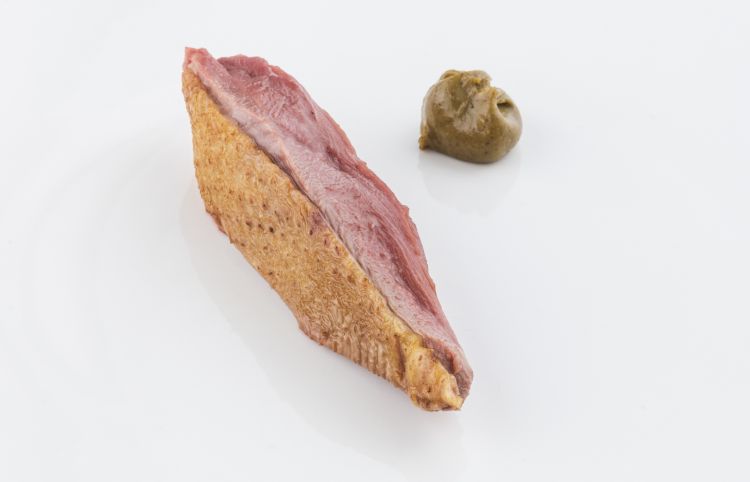
Pigeon fondant and pistachios (2016)
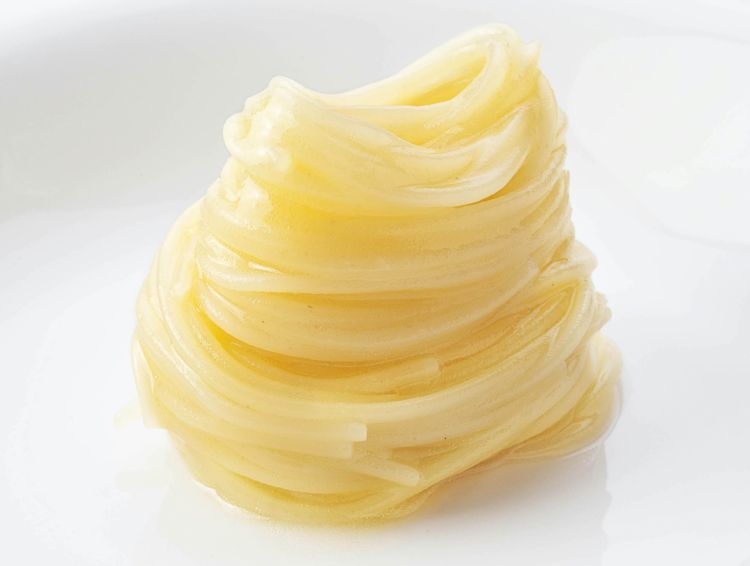
Capellini lacquered with tomato (2009)
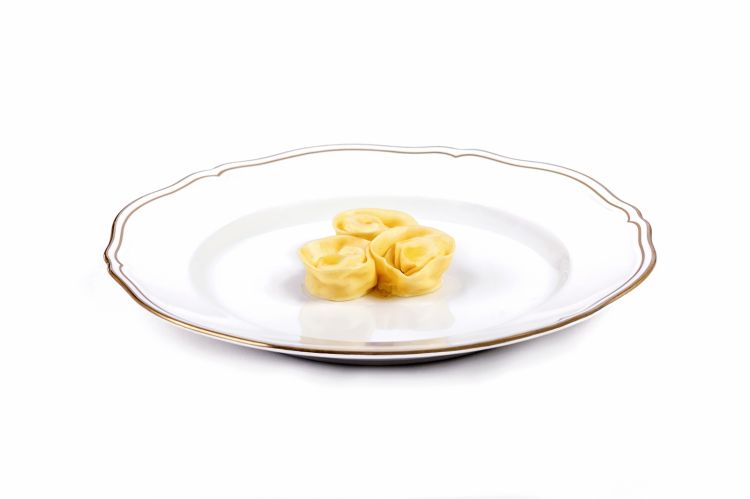
Ravioli with sheep's milk ricotta (2000-2020)
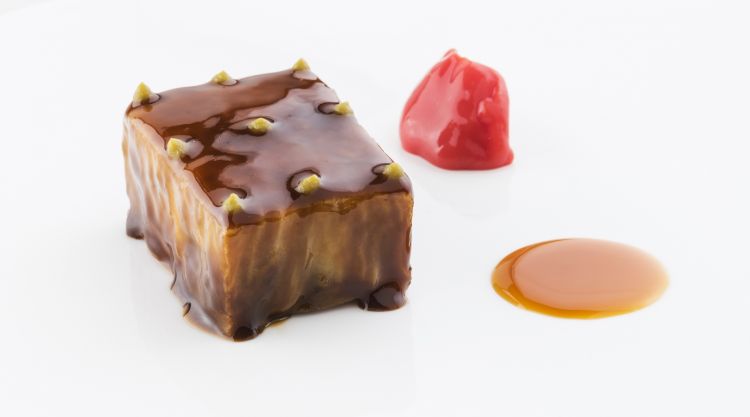
Roasted aubergine and peach caramel (2010-2019)
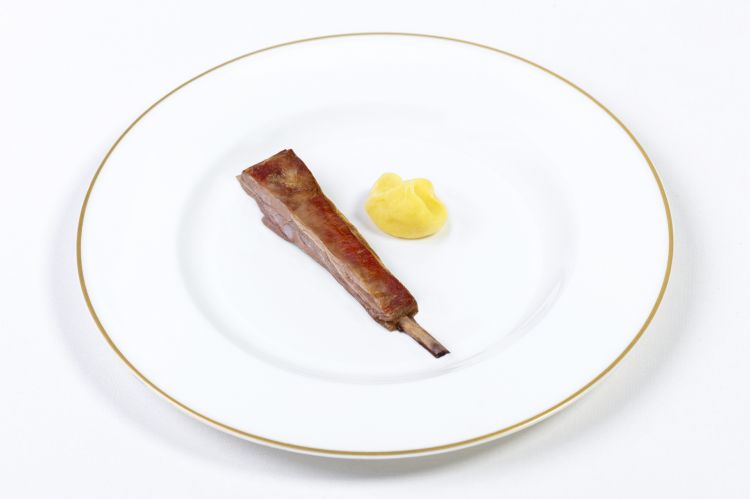
Chargrilled lamb chop with potatoes (2007-2019)
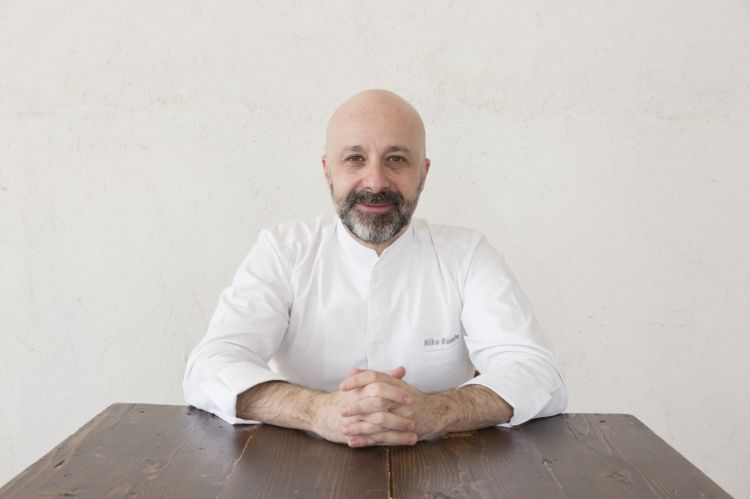
And the winter menu? «We're still deciding». Thinking about it, there are some emblem dishes that haven't been covered yet, such as Roasted artichoke, Veal gel with porcini and almonds, Cabbage and potatoes... (photo Barbara Santoro)